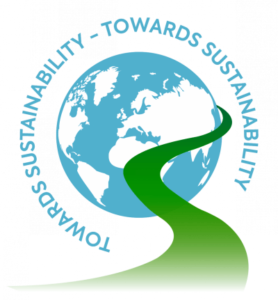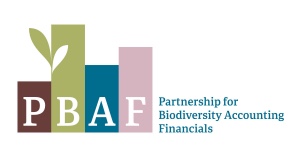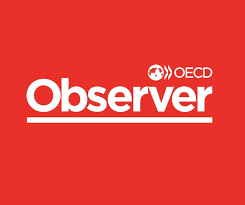An environmental score to guide action
The NEC assesses economic activities based on their impact on the environment, on a scale from -100% to +100%, enabling economic actors to identify the activities that contribute most to the ecological transition, presenting transition opportunities, and the activities that destroy the most natural capital, exposed to transition risks. 100 shades of red/brown and 100 shades of green to identify and compare all shades of transition.


















